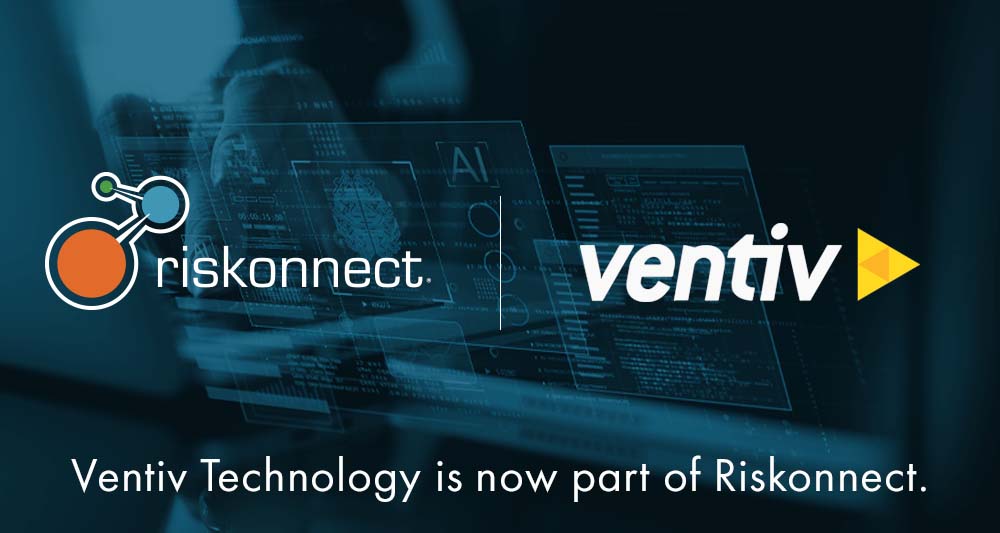If the year 2020 was a wake-up call, 2021 has been the year of running on adrenaline. Companies across all industries have been wide-eyed and reactive to all sorts of uncertainty. Now, as we make our way to 2022, it’s time to step back and develop a plan to maintain business resiliency, so you can withstand unpredictable threats and emerge stronger, not only for the upcoming year but for decades to come.
Developing business resiliency may be easy to say, but it’s challenging for most organizations to execute. Yet, once a company learns the dimensions of business resiliency, plans for it, and embeds it across the enterprise, it can confidently navigate uncertainty and instability.
Strengthening Business Resiliency is More Important Than Ever
The world is changing at an accelerated pace, and the only thing that’s certain (besides death and taxes) is that unpredictable, unprecedented changes will continue to occur on an increasingly regular basis. However, businesses often focus on near- and medium-term earnings while assuming that long-term market conditions will remain fairly consistent. But it’s time for a new approach – and fast. Just look at how rapidly disruption has grown over the years:
- Geopolitical risk is increasing as companies become more interconnected with global economies and supply chains.
- Cyberattacks have increased 125% in year-over-year volume.
- Natural and catastrophic climate disasters are becoming more frequent and severe.
In a world where the future is unpredictable, and change occurs at breakneck speed, companies need to shift their focus from short-term gains to long-term strength. In other words, you need to be resilient to withstand these unforeseen threats and emerge stronger each time.
Dimensions of Business Resiliency: A Quick Look
Many companies examine their potential risk-return trade-offs in financial terms, making sure they have the funds needed to withstand some level of uncertainty around a single planning scenario. But today’s world requires more than just financial resilience. Business resiliency requires certain durability and flexibility, balanced across six dimensions, to avoid surprises. Companies must take a look at each of these dimensions and develop their own set of practices to build and maintain resilience.
- Financial resilience. This occurs when a company can balance short and long-term financial goals. A fortified capital position and adequate liquidity are examples of how companies can overcome increased costs, credit issues, or quick dips in revenue due to changes in the market
- Technological resilience. Managing cyber threats and technology failures requires a secure yet flexible infrastructure. Establishing details for business continuity and disaster recovery also keeps a business adaptable. And in terms of data protection, companies should ensure they comply with regulatory requirements and maintain high-quality data. Ensuring IT projects are on time, within budget, and aligned to customer needs will also help avoid disruption.
Another technology-related threat to resilience is not having the systems in place to allow you to pivot quickly according to changing threats. It takes precious time to manually gather risk data housed in spreadsheet silos – and that might be time you don’t have.Business resilience requires instant access to real-time data to make strategic choices that will drive organizational success. Streamlining and automating routine tasks adds efficiency and consistency, while speeding up response time. Technology also can connect data across functions, so you fully understand the impact of every threat and consequence of every decision.
- Operational resilience. Production capacity should be able to bend to fluctuating demands but not break – without sacrificing quality. Successful companies accomplish this by fortifying their supply chains and delivery procedures. So, no matter where the threat comes from (e.g., natural catastrophes or geopolitical events), they can maintain operational and distribution performance.
- Organizational resilience. A diverse workforce where everyone feels included and safe will help organizations maintain and exceed performance goals during uncertain times. A company must be deliberate in its recruiting practices and reinforce a culture of desired behaviors and agile decision making.
- Reputational resilience. Resilient companies are known for aligning their words with their actions. Reputational resilience requires strong accountability and a sense of who the organization is – its mission, values, and purpose – to guide its actions. It also requires flexibility and a willingness to listen and openly communicate with employees, customers, and stakeholders on critical societal matters and company criticisms.
- Business-model resilience. Resilient enterprises have business models that can adjust to significant changes in demand, the competitive environment, new technological advancements, and regulatory requirements. Maintaining an innovation portfolio and promoting entrepreneurship are just a few of the things that must be done to adapt for the long haul. Successful companies will also know when to make strategic bets to improve business models, especially in the face of stressful events.
Anticipating and Responding to Disruption
Anticipating future scenarios enables companies to pressure-test their business resiliency to certain types of disruptions, which helps identify and address weak points. For example, supply-chain disruptions will push leaders to look at operations. Cyberattack scenarios will fall under technological resilience. Geopolitical risks will impact reputation, while climate events may cut across multiple dimensions.
Yet, as we know, not all scenarios can be anticipated, and not all disruptions can be avoided. The capability to quickly and effectively respond when a disruption occurs can make a definitive difference in a company’s resiliency success. And you have to be able to get your hands on complete, timely, and accurate data to inform your actions.
With integrated risk management technology, companies can accurately anticipate and respond to disruptions across the entire organization. A holistic view of risks, automated processes, and actionable insights are all critical to developing risk management plans that leaders can use to navigate as one cohesive unit. This kind of speed and accuracy could mean the difference between bending but staying on course or breaking completely.
Embedding Business Resilience into Your Organization
If early anticipation and a well-understood response plan are required to create business resiliency, how do companies ensure that happens?
For one, companies will need to ditch the idea of single-scenario planning, along with manual tracking. Spreadsheets are such a drain on employees’ time – and can’t provide the real-time intelligence necessary for business resiliency.
Resilient organizations use persistent monitoring and integrated risk management software to give real-time information. All risk data – insurable and noninsurable – is collected in one location for a meaningful, real-time, contextual view of risks across the enterprise.
Armed with this level of insight, leaders can better problem-solve across departmental (and dimensional) lines while remaining aligned to your organization’s broader goals. A complete, visual data story will help your organization respond to risks faster with more confidence, thanks to its ability to make data-backed predictions.
Business resiliency takes ongoing planning and championing. To rapidly respond to rapid disruptions, companies will need a robust business resiliency plan that can adapt without putting a strain on resources or operations. Sophisticated, easy-to-use integrated risk management software will strengthen your risk-planning practices and keep you resilient during “normal” and not-so-normal times.
For more on Integrated Risk Management and what it could do for your organization, check out our e-book, Conquering the New World of Risk with Integrated Risk Management.





